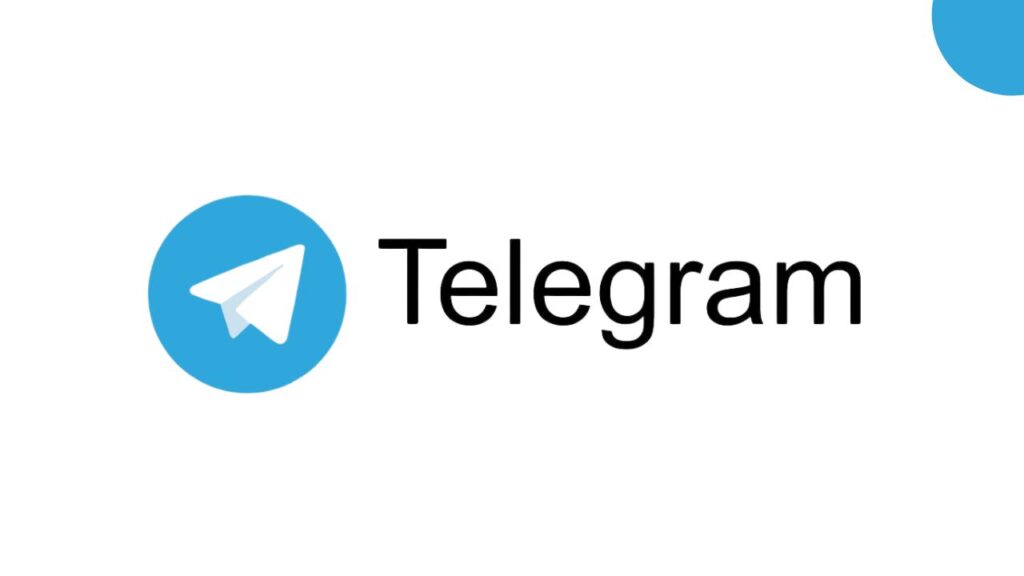Telegram, launched in 2013 by Russian entrepreneur Pavel Durov, has grown into one of the most popular messaging apps globally, known for its focus on privacy and security. Telegram offers a suite of features including private chats, groups, channels, bots, and file sharing. However, one of the most common questions is: How does Telegram make money, especially since the app is free to use and doesn’t show ads? Let’s explore the business model of Telegram and its various revenue streams.
Telegram Revenue Model: How Telegram Earns Money
Telegram’s revenue model has been a topic of interest for many, as the platform does not monetize in the traditional ways seen in apps like WhatsApp or Facebook Messenger. Until recently, Telegram was operating without any major revenue generation strategies, relying on personal funding from Pavel Durov. However, with its growing user base, Telegram has started adopting various revenue streams.
Here’s how Telegram makes money:
- Telegram Premium: In June 2022, Telegram introduced its premium subscription model, offering users additional features for a monthly fee. Telegram Premium includes exclusive features like faster downloads, increased file upload limits (up to 4GB), unique stickers, reactions, and animated profile pictures. This subscription fee serves as one of Telegram’s first direct sources of income.
- Sponsored Messages (Advertising): Telegram introduced Sponsored Messages in public channels with over 1,000 members. This feature allows businesses to promote their services within these channels. While Telegram remains committed to keeping ads out of private chats and smaller groups, these sponsored messages create a new avenue for revenue without compromising user privacy.
- Donations and Crowdfunding: Telegram has also experimented with receiving donations from users who support its mission of maintaining a free, secure, and independent messaging platform. These funds help cover operational costs, including servers and development.
- Telegram Bots and Monetization of Channels: Many businesses and content creators use Telegram’s channels and bots for advertising, marketing, and building communities. Though Telegram doesn’t directly earn from these channels, it has plans to allow users to monetize their content, creating potential revenue-sharing models with Telegram in the future.
- Future Blockchain Integration: Telegram had planned to introduce a blockchain platform known as TON (Telegram Open Network), but due to regulatory issues, this project was put on hold. If Telegram revisits this in the future, it could open up avenues for cryptocurrency-based payments, fees for premium services, or other blockchain-based monetization strategies.

Telegram’s Unique Features: What Makes It Stand Out?
Telegram stands out in the crowded messaging app market due to its focus on privacy, security, and user control. Here’s what makes Telegram unique:
- End-to-End Encryption: Telegram offers end-to-end encrypted messages, ensuring that only the sender and recipient can access the communication. This makes it appealing to users concerned about privacy.
- Massive Group Size and Channels: Telegram allows the creation of groups with up to 200,000 members and channels for broadcasting messages to an unlimited number of subscribers. This feature makes Telegram ideal for large communities and businesses looking to engage with large audiences.
- Cross-Platform Compatibility: Telegram is available on Android, iOS, PC, Mac, and Telegram Web, with seamless synchronization across devices. Users can log in to their account from multiple devices, making it highly convenient.
- Cloud Storage: Telegram offers free, unlimited cloud storage for users, which allows them to store and access their chats, media, and files from any device at any time.
- Telegram Bots: Developers can create bots that automate tasks, provide information, and manage channels and groups. These bots are widely used for services such as weather updates, reminders, or even ordering food.
Competitors and Target Audience
Telegram’s primary competitors include WhatsApp, Signal, and Viber. While WhatsApp dominates the messaging app market, Telegram appeals to a more privacy-conscious audience as well as those looking for enhanced functionality, such as larger groups, cloud storage, and customizable features.

Telegram’s target audience is diverse, from regular users seeking private communication to businesses, content creators, and even government bodies using the app for broadcasting information. Its features cater to both individuals and B2B users, offering flexibility for personal and professional use.
Telegram B2B Business Model
Telegram’s business model is also attractive to businesses due to its robust features, including:
- Business Channels: Many companies use Telegram to broadcast announcements, promotional content, and updates to large audiences. Telegram channels allow for one-way communication, making it a powerful tool for businesses to reach users at scale.
- Bots for Automation: Telegram’s bot platform is popular among businesses for automating customer service, managing orders, and providing real-time updates to clients. These bots are widely customizable, offering businesses a unique way to interact with users.
Telegram’s business model is evolving as the platform looks to diversify its revenue streams while maintaining a user-friendly experience. With the introduction of Telegram Premium, Sponsored Messages, and plans for future monetization of channels and content, Telegram is set to generate revenue while staying true to its values of privacy and security. Its unique features, wide availability, and growing popularity among businesses make Telegram a standout competitor in the global messaging app market.


